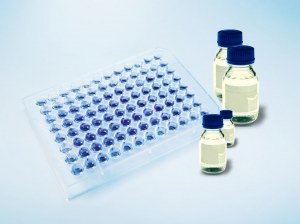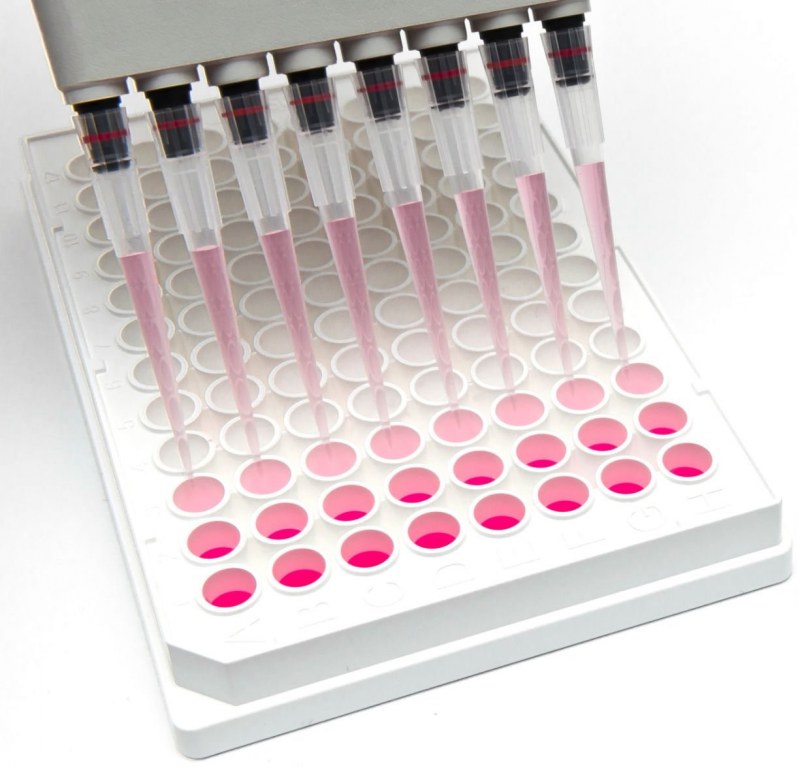Increase ELISA Accuracy: The Role of Blocking Buffers

Boost your ELISA accuracy with blocking buffers—key to reducing noise, enhancing sensitivity, and ensuring reliable results in protein detection.
|
|
|||||||||
|
Introduction Enzyme-linked immunosorbent assay (ELISA) is a widely used technique for detecting and quantifying proteins, antibodies, and hormones. The accuracy and reliability of ELISA results are significantly influenced by the choice of blocking buffers, which prevent non-specific binding and reduce background noise. Blocking buffers are essential for preventing non-specific interactions between antibodies and the microplate surface. Non-specific binding can lead to elevated background signals, resulting in false positives or inaccurate quantification of target analytes. The primary role of a blocking buffer is to cover unoccupied binding sites on the plate, thereby reducing background noise and improving the signal-to-noise ratio of the assay (Huber et al., 2009). |
|||||||||
|
Mechanism of Action
|
|||||||||
|
Advantages of Using Blocking Buffers in ELISA
|
|||||||||
|
The use of effective blocking buffers in ELISA protocols offers numerous advantages, including reduced non-specific binding, enhanced sensitivity, protein stabilization, flexibility across assay formats, minimized steric hindrance, reduced cross-reactivity, and improved reproducibility. A comprehensive range of blocking buffers is offered to support ELISA workflows, ensuring optimal performance, reduced background interference, and reliable results. |
|||||||||
|
References Huber, D., Rudolf, J., Ansari, P., Galler, B., Führer, M., Hasenhindl, C., and Baumgartner, S., 2009. Effectiveness of natural and synthetic blocking reagents and their application for detecting food allergens in enzyme-linked immunosorbent assays. Analytical and bioanalytical chemistry, 394, pp.539-548. Xiao, Y., and Isaacs, S.N., 2012. Enzyme-linked immunosorbent assay (ELISA) and blocking with bovine serum albumin (BSA)—not all BSAs are alike. Journal of immunological methods, 384(1-2), pp.148-151. |



